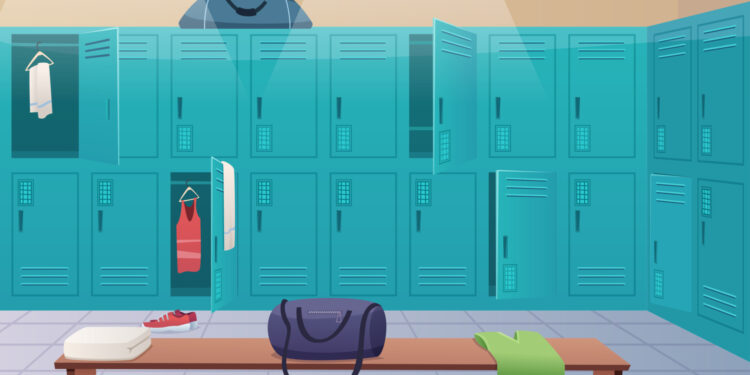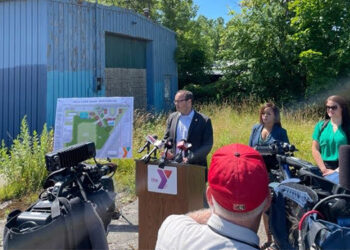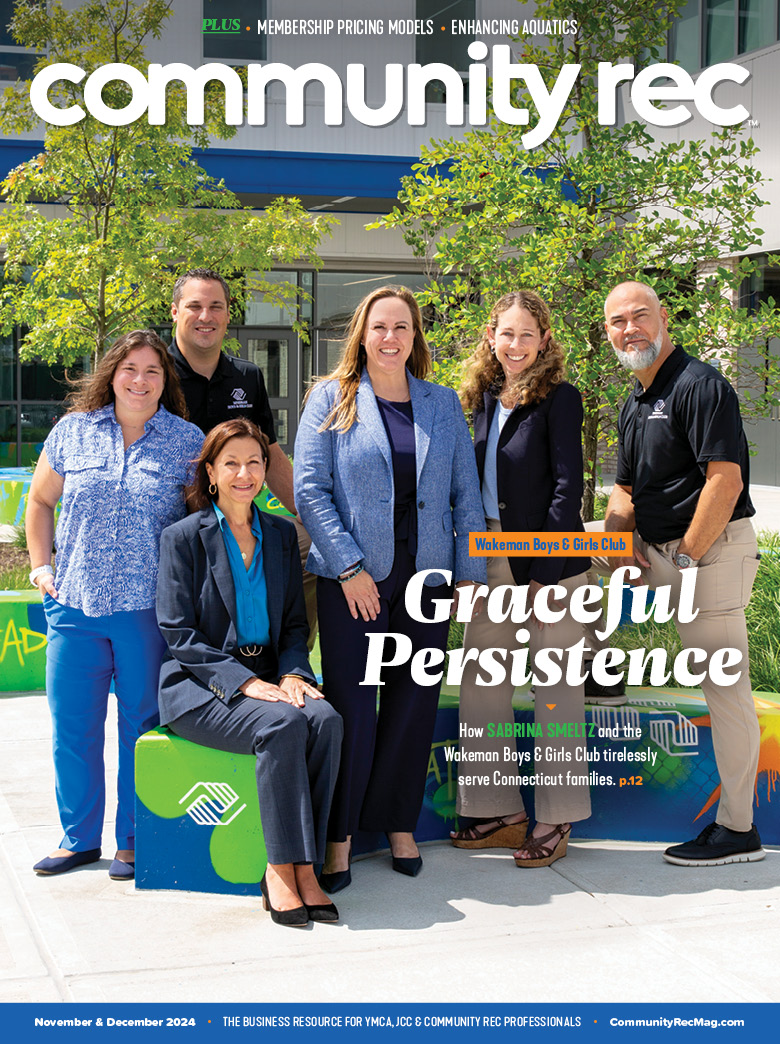Best practices for lowering risk and increasing locker room safety in community recreation centers.
Locker rooms are an essential part of community centers. With people flowing in and out daily, it’s important to keep them clean and safe for your members.
For Bill Zazynski, the chief property and facilities officer at the YMCA of South Hampton Roads, with 21 locations throughout Virginia, some best practices for locker room safety are regular walkthroughs several times a day by management with the old fable “inspect what you expect.” Facilities should produce regular detailed schedules for cleaning and sanitizing throughout the day and deep cleaning protocols during closing hours.
“A planned preventative maintenance program daily, weekly, monthly is something you should always be working with,” said Zazynski. “Staff need to be trained in proper use of the cleaning chemicals, tools, personal protective equipment and material safety data sheets knowledge. It’s also important staff document cleaning actions to support the desired schedule.”
Trish Feinthel, the chief operating officer at the YMCA of Bucks County, said another way to ensure your locker rooms are clean is to have a highly communicative and positive relationship with your cleaning staff.
“We have a routine formal meeting with our cleaning carrier and locker rooms is one important focus area,” said Feinthel. “We also provide our cleaning carrier with locker room usage trends, highlighting ‘peak usage’ time frames so they can better schedule their matrons and porters.”
When it comes to lowering risks in your locker rooms, Feinthel recommends having visible staff walking through the locker room daily. Additionally, have your front desk staff communicate to members locker room policies such as phone usage, food and beverage, etc. Lastly, Feinthel said having true, slip proof tile installed at onset is very important.
Zazynski agreed preventing slips is vital.
“You have to look at this in several ways,” said Zazynski. “You are dealing with constant wet surface areas. Slip and falls can happen at any time. It’s important to make sure floors are maintained, evaluate potential areas for higher risk of slip and falls and add matting if needed.”
Additionally, Zazynski said having regular, unannounced locker room walk-throughs by YMCA staff can help to deter theft or any other negative incidents that may happen. “Being visible as a staff member helps this and having zero-tolerance for negative behavior,” he said.
While locker rooms may not always be top of mind, having a clean, safe space is a great way to improve the overall member experience.
“Wellness environments should be designed to foster and welcome community, and locker rooms should be as spacious, warm, inviting and clean as home,” said Feinthel. “Choosing colors, having slip-proof tile, placement of the simple things such as soap and paper towel dispensers, even towel hooks; it all matters.”










